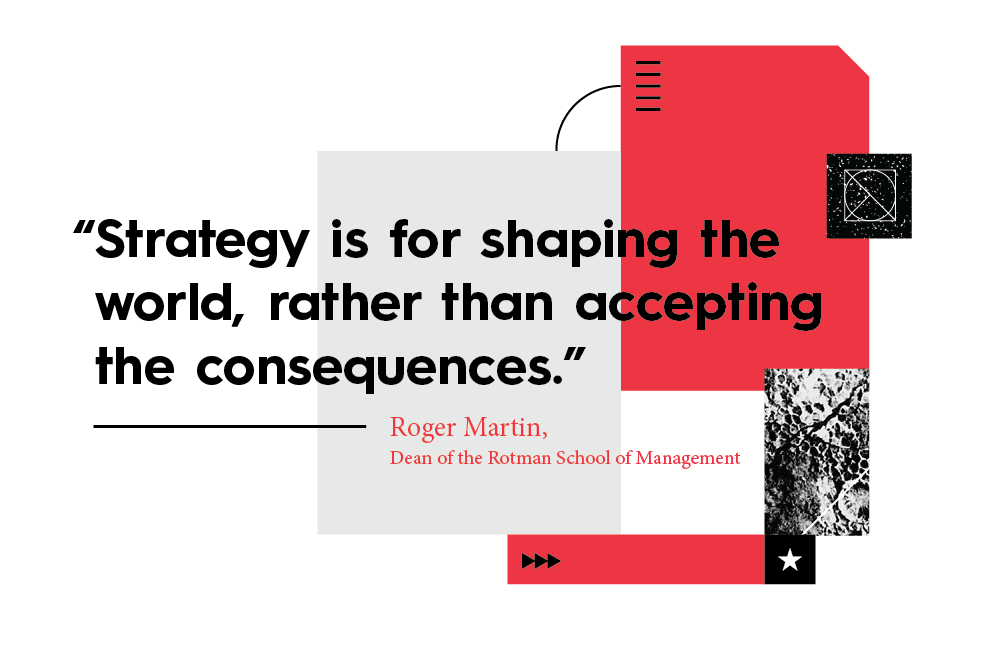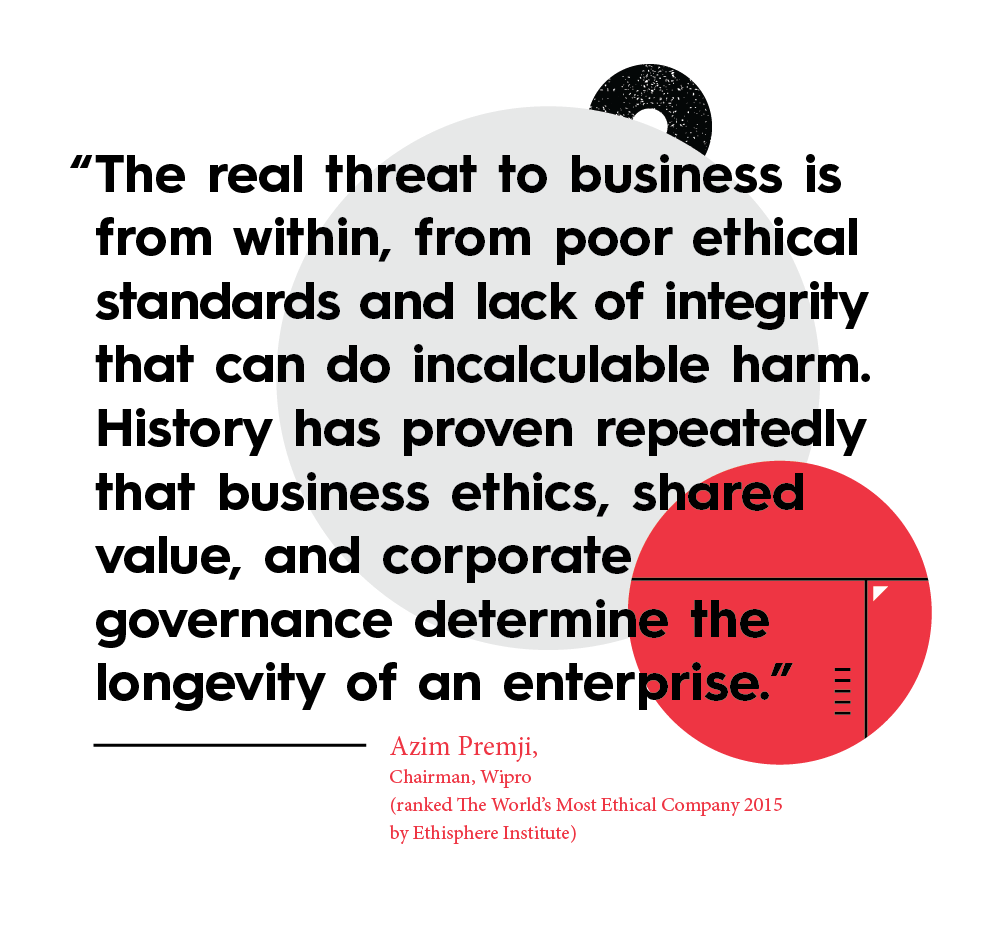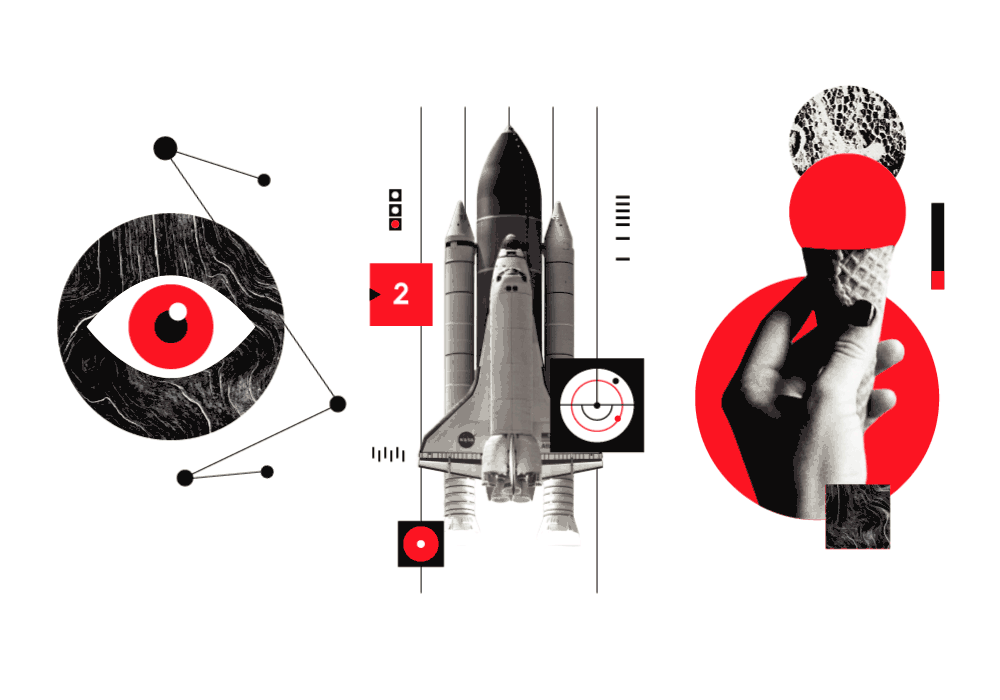Your Brand Heart influences everything your brand does, from how you present yourself to the world to how you treat your customers and employees. In this simple guide, we’ll show you how to articulate your Brand Heart (aka purpose, vision, mission, and values) so you can build a brand that’s aligned to your core beliefs.
But first, let’s talk about why finding your Brand Heart matters.
What Is a Brand?
Often, when people talk about a “brand,” they’re referring to the physical mark (or logo) imprinted on something to identify the business that manufactured it. But a brand is more than a physical mark. It’s an emotional mark—more specifically, an emotional experience, strengthened or weakened through every interaction with that business.
We define brand as what people think, feel, and say about your business. (This differs from marketing, which is what you say about your business.)

The Secret to a Strong Brand
To build a strong brand, you have to deliver a positive and consistent emotional experience. The more you do this, the more people come to rely on you and, most importantly, trust you. That trust is why we all return to our favorite brands over and over. We crave that familiar feeling, whether it’s the spark of joy that comes from unboxing a new pair of Warby Parkers, or the comfort of donning a Patagonia jacket.

In today’s landscape, cultivating this emotional connection is the key to your brand’s survival. It’s what compels people to choose you over your competitors. But how do you cultivate this connection?
The truth is you can’t force people to trust you. Their feelings will be based on their perceptions and judgments of your brand’s most basic attributes:
- What you stand for: Your purpose, vision, mission, values.
- How you communicate: Your voice, personality, messaging, etc.
- What your brand’s products, services, and content look like: Your logo, colors, fonts, etc.
Although you can’t control how people perceive you, you can represent yourself authentically and consistently in each of these areas. The better you do this, the more likely they are to understand you, and the easier it will be for them to trust you.
 Unfortunately, this is exactly why many businesses struggle. So many organizations are full of people who know what they’re doing (e.g., selling organic sheets, security software, or lipstick), but they don’t really know who they collectively are or why their brand exists. Therefore, they can’t communicate authentically in marketing or act consistently throughout the customer journey. It’s no surprise, then, that their brand experience is subpar.
Unfortunately, this is exactly why many businesses struggle. So many organizations are full of people who know what they’re doing (e.g., selling organic sheets, security software, or lipstick), but they don’t really know who they collectively are or why their brand exists. Therefore, they can’t communicate authentically in marketing or act consistently throughout the customer journey. It’s no surprise, then, that their brand experience is subpar.
So how can you avoid this? How do you align your beliefs and actions to create a cohesive brand experience? With a brand strategy.
What Is a Brand Strategy?
A brand strategy is a blueprint to help a business present itself to the world authentically and consistently. It’s comprised of three things:
- Brand Heart: The core of your brand (why you exist, what you do, how you do it).
- Brand Messaging: The way you talk about your brand.
- Visual Identity: The look of your brand.
With a strong brand strategy, you can ensure your brand is aligned to your business, cultivate an emotional connection with the people you’re trying to reach, and increase the likelihood that those people will think, feel, and talk about you the way you want them to.

Luckily, if you already have a business, you already have a brand. But by identifying and documenting these elements intentionally, you can ensure everyone who is a part of your brand has an intimate understanding of who you are and what you’re trying to achieve. This helps you communicate honestly and authentically at every touchpoint, allowing you to cultivate the trust required for your business to succeed.

That said, many brands don’t have a proper brand strategy. They may have certain pieces documented, or a general “idea” about it, but they haven’t taken the time to get a comprehensive strategy on paper. If you’re in this boat, don’t feel bad. We’re here to get you on the right track, whether it’s your first time crafting a brand strategy or your first time doing in the “right” way.
In this exercise, we’ll guide you through the first and most important part of a brand strategy: creating your Brand Heart. This process allows you to clarify and articulate who you are, what you do, and why it all matters, giving you the blueprint you need to build a healthy brand.
This work may not be easy, but it is necessary. Like Rome, a strong brand can’t be built in a day. It requires a plan, patience, and focus.
If you’re ready to dive in, let’s get started.
What Is Your Brand Heart?
Every brand holds a basic set of beliefs that influence everything they do. We call these beliefs your Brand Heart. Knowing what these core principles are and why they matter is crucial, as they are a potent force that can actively support or sabotage your business.
Your Brand Heart is comprised of four elements:
- Purpose: Why do you exist?
- Vision: What future do you want to help create? What does the future look like?
- Mission: What are you here to do? How do you create that future?
- Values: What principles guide your behavior?
The elements of a Brand Heart are intentionally ordered in a logical hierarchy to guide you from your high-level “why?” to the actionable “how?” This makes articulating each element easier.
Purpose & Vision
(The Why?)
↓
Mission
(The What?)
↓
Values
(The How?)
Combined, these elements give you the foundation you need to…
- Make better business decisions. When facing a challenging business decision, your Brand Heart functions as your North Star, guiding you in the right direction. Operating with your values front and center also cultivates trust, keeping you accountable to the people you work with (teammates and employees) and for (existing and potential customers).
- Build stronger customer relationships. Communicating your beliefs authentically and consistently helps you attract like-minded people who share your ideals. In a competitive market, these relationships are crucial to your long-term success.
- Create a stronger, happier culture. When employees are invested in a shared vision, they’re more collaborative, committed, and engaged, creating a healthier work environment that helps you attract and retain the talented people you want.
Ultimately, your Brand Heart is a powerful tool to align every aspect of your business, from your product offerings to the content you create. Remember: The stronger your Brand Heart, the better your ability to build a trustworthy brand.

What to Know Before You Find Your Brand Heart
As branding guru Marty Neumeier notes, a brand strategy should be in alignment with your business strategy. Generally speaking, this guide was written for people working at businesses that are already operating. If, however, you are looking to develop a brand strategy for a wholly new business venture, that’s OK. It’s not unheard of for leaders of new ventures to develop business and brand strategies prior to a business launch. If this is you, however, it is useful to have a working draft of a business strategy, which includes the answers to a few foundational questions:
- Who are you for? You need to understand who you’re trying to convert into customers. If you haven’t articulated this, follow our guide to create personas.
- Who are you against? Who is your competition? Here’s how to do a competitive analysis if you need more clarity here.
- What role will your business play? In the context of your industry and existing competition, where will you slot in?
For more useful questions, check out the Strategy Choice Cascade model outlined in the Harvard Business Review.
Once you know the answers to these questions, you’re ready to find your Brand Heart.

How to Articulate Your Brand Heart in 6 Steps
Having helped many brands identify their Brand Heart, we’ve come up with a simple step-by-step process to guide you through. By the end, you should have a fully articulated Brand Heart, put into language that everyone can understand.
Note: You may already have a version of these elements documented, in which case the work of creating, retrofitting, or updating your thinking is about (re)creating and (re)articulating your intentions.
A few more things to keep in mind throughout this process:
- Tackle one element at a time. Follow the designated hierarchy. Articulate an ambitious, inspiring purpose and vision to identify why you exist. Then, consider how your mission supports your purpose and vision. Finally, identify how your values will help you succeed in your mission. (Note: You can combine your vision and purpose statement if you find that the future you want to create is also your reason for existing.)
- Keep it short. Long gone are the days of the page-long mission statement. Try to distill each answer into a sentence or two, using simple, succinct language.
- Schedule enough time. At some organizations, scheduling this time can be difficult, but it is crucial for stakeholders to feel invested in the process. More time allows for better work, which makes it easier to get buy-in when it comes time to share the Brand Heart with the rest of the organization. The amount of time you need depends on a number of variables, such as how large and how mature the business is, how many stakeholders are required, etc. You may take several days to several months to work through these elements.
Most importantly, remember: This is deep work, so undertake it when your whole team can devote the time.
Step 1: Download your Brand Heart Workbook.
Start with our free workbook, which includes a template and examples for each element.

Step 2: Assemble a core team of 3-5 stakeholders.
This is the crew that will discuss, identify, and document each element of your Brand Heart.
Step 3: Have each stakeholder articulate their individual versions first.
This approach allows everyone to devote individual, focused time to the task at hand. Once completed, everyone will submit their versions for the larger group. (Each individual can use their own workbook. We’ve included Brand Heart examples from existing companies to give you a sense of what these articulated elements look like in real life.)
Step 4: Hold a group brainstorm.
Gather everyone in a room to review submissions as a group. These peer-review sessions create space for healthy discussion and allow you to see what common threads or themes people have tapped into. Often, the best versions start to organically reveal themselves.
Step 5: Consolidate and iterate.
Your goal is to create a final articulation that is powerful and meaningful. Everyone should agree on both the messaging and the phrasing. Throughout the process, keep digging and asking questions like a child eager to understand why the sky is blue or how batteries work: Why? Why? Why?
Step 6: Share it with your entire organization.
Once completed, you’ll want to present your Brand Heart to everyone. Note: It’s especially meaningful if leadership does this during a company-wide Town Hall meeting. That way they can provide context and background, answer questions, and ensure that everyone both understands the Brand Heart and feels empowered by it.
How to Use Your Brand Heart Once You’re Finished
Now that you have a fully articulated Brand Heart, you can use it to align your business and brand at every level. A few ways to get started:
- Make it accessible. Your Brand Heart should be stored somewhere easily accessible. Include it in your documented brand strategy, along with your brand messaging and visual identity. (At C5, we even added our Brand Heart to our walls as a touchstone reminder of what we’re here for.)
- Audit your current messaging. While your Brand Heart will be shared internally first, you should also translate it into external-facing messaging, starting with your website and content marketing.
- Share it publicly. This plants a flag and shows that you are setting a standard for accountability. This may be intimidating, but it is an important gesture of goodwill for both your employees and the people who want to support your brand.
- Look for opportunities to bring your Brand Heart to life. You may already have internal initiatives that reflect your Brand Heart, but it’s important to walk the walk where you can. Whether it’s promoting a volunteer opportunity related to your vision or introducing a new employee program in support of your values, there are many ways to align your beliefs and actions.
Remember that you can’t control people’s thoughts and feelings about your brand, but if you follow your Brand Heart, you know you’re leading with your best foot forward—and giving your brand its best chance for success.
And if you’re ready to complete your full brand strategy…
- Follow these tips to find your brand voice.
- Find out how to craft your brand messaging.
- Learn how to build your brand identity.
And if you get stuck or need a little help at any stage, hit us up. We’d love to help you tell your brand story in any capacity.






Hi, thank you so much this insight this what I have been looking for, and it has really help me understand more on how to go about brand my brand
This is so awesome to hear! Enjoy.
Great Templates! As both a Creative Content Entrepreneur and a College student this was highly informative and beneficial
That’s awesome to hear. Thank you.
Thank you so much for this blog. It is really insightful. I would like to download the template but it is not available
Hi Kenisha, Thank you so much for flagging that. The link should be active again. You can find the workbook here: https://www.columnfivemedia.com/wp-content/uploads/2022/11/Column-Five-Workbook-Final.pdf
We are searching for a tagine for company…
Company Name : Touchstone Power Analytics Pvt Ltd.
Feel free to reach out: https://www.columnfivemedia.com/contact
I want to creat my own brand please suggest me a best brand name .
Well done, to the point
Thanks much!
Appreciate the great information! Good job!
Thank you!
Awesome
Glad you found it helpful!
Really effective information.
Thanks so much. Hope it helps.
I wanna grow, I wanna learn, I’m here to know better